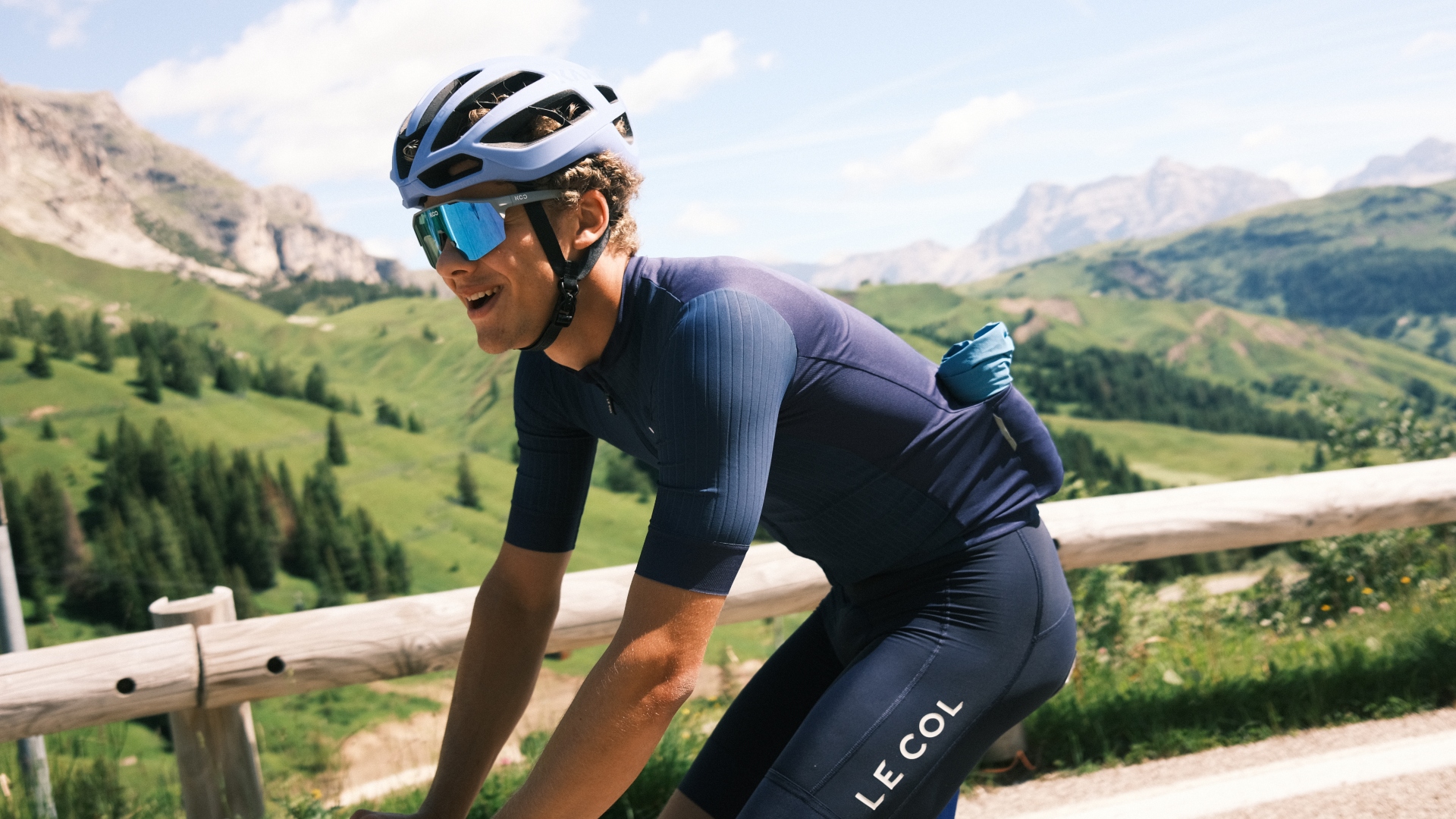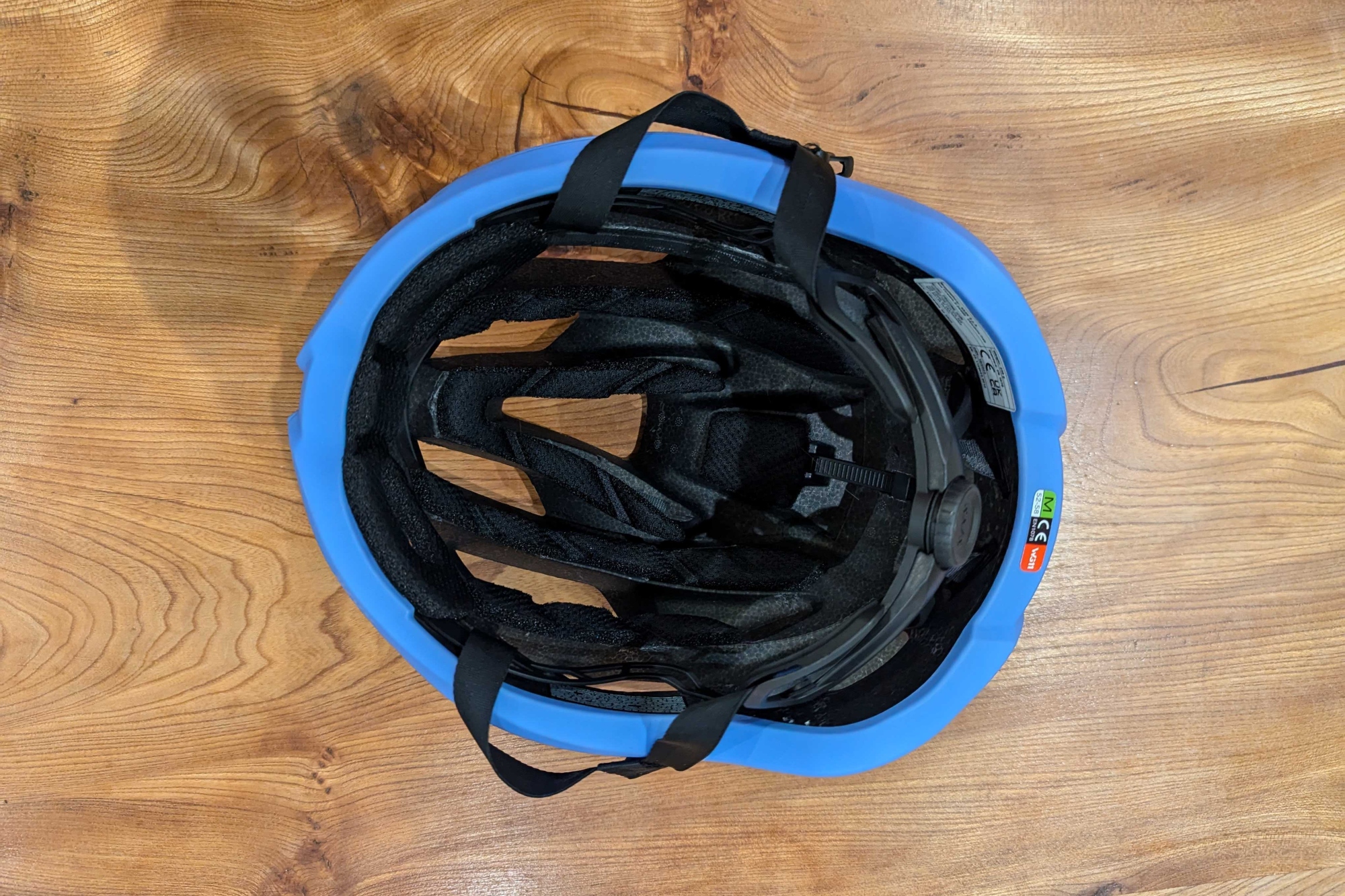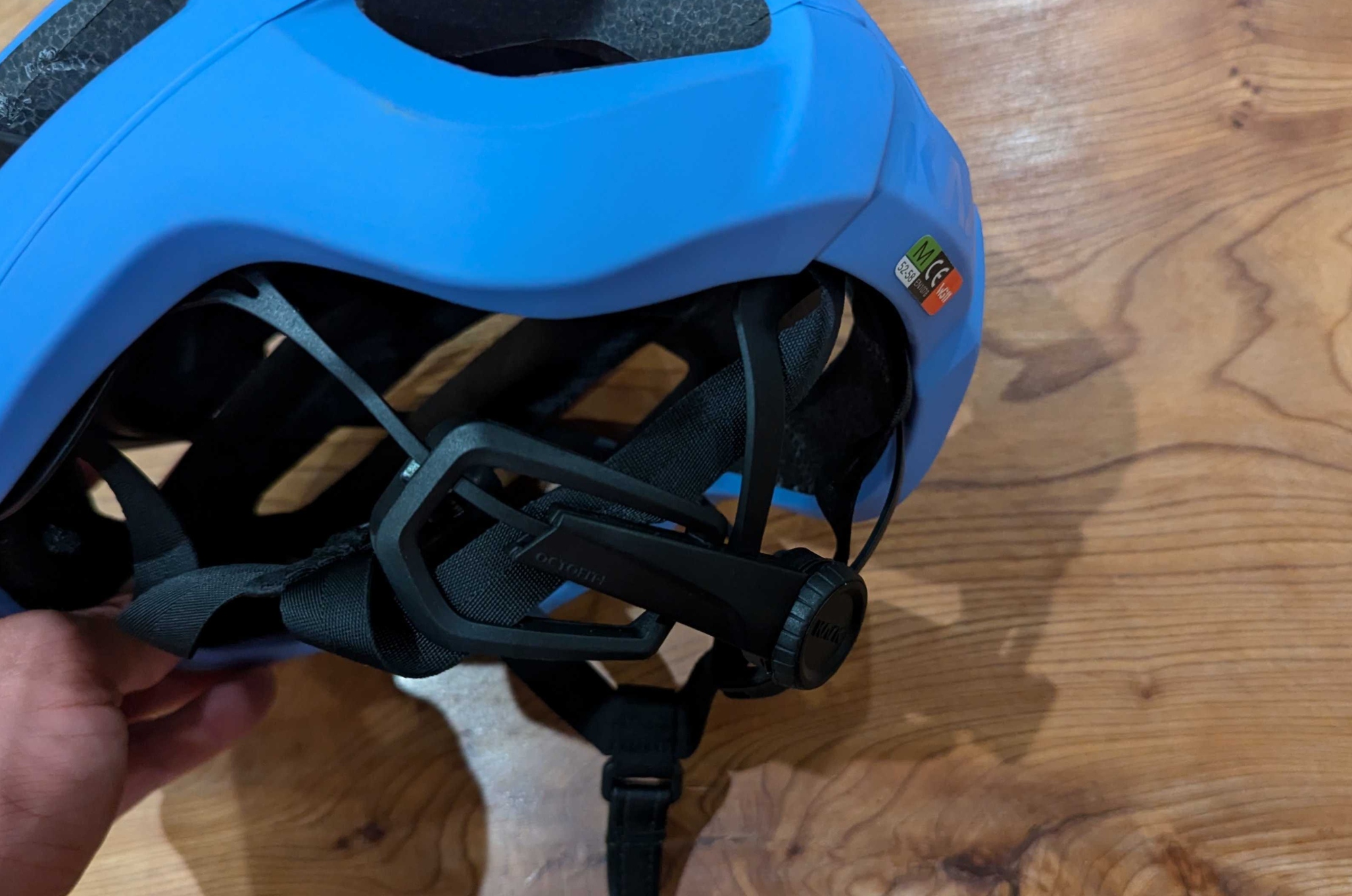Kask Protone Icon review: why it's still one of the most reliable helmets out there
Kask's Protone Icon helmet is the latest in the lid's near 10 year history, and it still performs well across all metrics

The Kask Protone platform has been around for nearly a decade now, and in that time not a huge amount has changed - aesthetically that is. Kask has updated the internals and fit system for the Protone Icon, but the same classy look remains. The result? A solid performing helmet across the board. Low weight, fantastic ventilation and a great fit make this helmet a comfortable option for all weathers.
-
+
Solid build quality
-
+
lightweight construction
-
+
Octofit system is incredibly comfortable
-
-
Not a strong performer on Hiper and Virginia Tech ratings
You can trust Cycling Weekly.

The Kask Protone Icon is the latest iteration of an iconic shaped helmet, combining the same sleek aesthetics, solid safety features, and impressive ventilation, making it a contender among the best road bike helmets .
Whether you’re tackling winding descents in the Dolomites or enduring the unpredictable British weather, this helmet aims to keep you cool, comfortable, and secure. But in a market full of top-tier helmets, does the Protone Icon still manage to stand out?
Kask Protone Icon: construction
The Kask Protone Icon still remains recognizable, featuring the same shape we have been used to seeing since the Team Sky glory days. Kask markets the Protone Icon as providing a good balance of aerodynamics, safety, and comfort. Redesigned from the original Protone, the Icon now features a more robust internal frame designed to prevent the helmet from breaking into multiple pieces upon impact. Kask’s WG11 rotational impact testing underpins its safety credentials, a standard that aims to protect riders from multi-directional impacts, though among other independent testers such as the Virginia Tech program and Hiper rating system , results are a little lackluster. The Hiper rating system in particular is built off of the latest information and technology, so certainly something to bare in mind.
Kask has also added a reflective insert on the rear for enhanced visibility during night rides, a small but thoughtful addition that will benefit everyone.

A top down view shoes deep venting channels, and plenty of cushy padding.
The Protone Icon comes equipped with the Octofit+ adjustment system, which performs as expected - both secure and comfortable. The system’s vertical stabilizer on the nape of the neck helps to anchor the helmet comfortably, particularly for riders with narrower heads like mine. I found the large rubberized dial easy to use even while wearing gloves, and it ensures that the helmet sits snugly without shifting around mid-ride.
The helmet's 20 ventilation holes and Coolmax® padding ensure that airflow is optimized, even in hot conditions according to Kask - and I couldn't speak to the contrary. The Coolmax lining is removable, and washable, which helps to keep skin clear after extended use. I appreciated the faux leather chin strap too. It's durable and soft, adding a slightly more premium feel to the lid. At 232 grams, the helmet is lightweight enough to go unnoticed on the head, and its design remains aesthetically pleasing without sacrificing performance.
Kask Protone Icon: the ride
After weeks of testing the Kask Protone Icon, it has proven to be a versatile companion across different terrains and weather conditions. My first ride with it took place in the very mixed conditions of the Dolomites. I was treated to both strong sunlight and bucketing rainfall, in which time I found the helmet to vent well, yet not be too freezing for cooler temperatures. The large ventilation ports allowed for excellent airflow, even with my rather large at the time curly hair doing its best to block up the vents.
The latest race content, interviews, features, reviews and expert buying guides, direct to your inbox!
Predictably, the UK’s threw at me more wind, rain, and cold mornings in my general direction, and here, performance was about the same. One tiny gripe on this particular colour is that the satin finish is slightly harder to clean after a mucky ride - but with plenty of options to choose from, this is totally avoidable.
Despite concerns about potential sweat buildup, I didn’t find it caused excessive water to drip down my face, even during wetter rides. The padding absorbed moisture effectively without becoming saturated, and the chin strap stayed comfortable throughout.

The rear retention system extends a long way down, making for a secure feeling fit.
Fit-wise, the Protone Icon’s Octofit+ system worked particularly well for my narrow head shape, and the retention system at the back provided a secure fit. It hugged the back of my head without feeling tight, thanks to the neck stabilizer feature, which gave me an added sense of security, particularly on rougher terrain. The helmet feels as though it’s cradling your head, rather than merely sitting on top of it, which makes a big difference during long days in the saddle.
Aesthetically, the Protone Icon is a winner. It maintains a clean, classic look while boasting modern features. And for riders like myself with thick, curly hair, the pads provided comfort without itching or causing any irritation. It’s the kind of helmet that feels as good as it looks - a true balance of form and function.
Kask Protone Icon: value and conclusion
Priced at £245 / $300, the Kask Protone Icon sits firmly in the upper echelons of helmets on the market. For its price, you get a well-rounded helmet that excels in comfort, fit, and ventilation, making it suitable for a wide range of cycling disciplines. The WG11 technology might not be universally recognized as the safest on the market, but there is a lot to be said for a well-fitting helmet when it comes to safety too.
The main Achilles for the Protone Icon is the competition. At this price point, you can really be picky with what you spend your money on, with the likes of the S-works Prevail 3 MIPS from Specialized coming in at a comparable £250 / $300. It's a fair price for a quality product, but it struggles ever so slightly to stand out for the crowd, instead blending in as a helmet that quietly does everything pretty well.

Joe is Cycling Weekly's former tech writer. He's always had a love for bikes, since first riding a two wheeled steed before the age of four. Years down the line, Joe began racing at 16, and enjoyed great experiences internationally, racing in Italy, Spain and Belgium to name a few locations. Always interested in tech, Joe even piloted his Frankenstein hill climb bike to a Junior National Title in 2018. After taking a step back from elite level racing in April 2022, Joe joined our team as a freelancer, before becoming Tech Writer in May 2023.